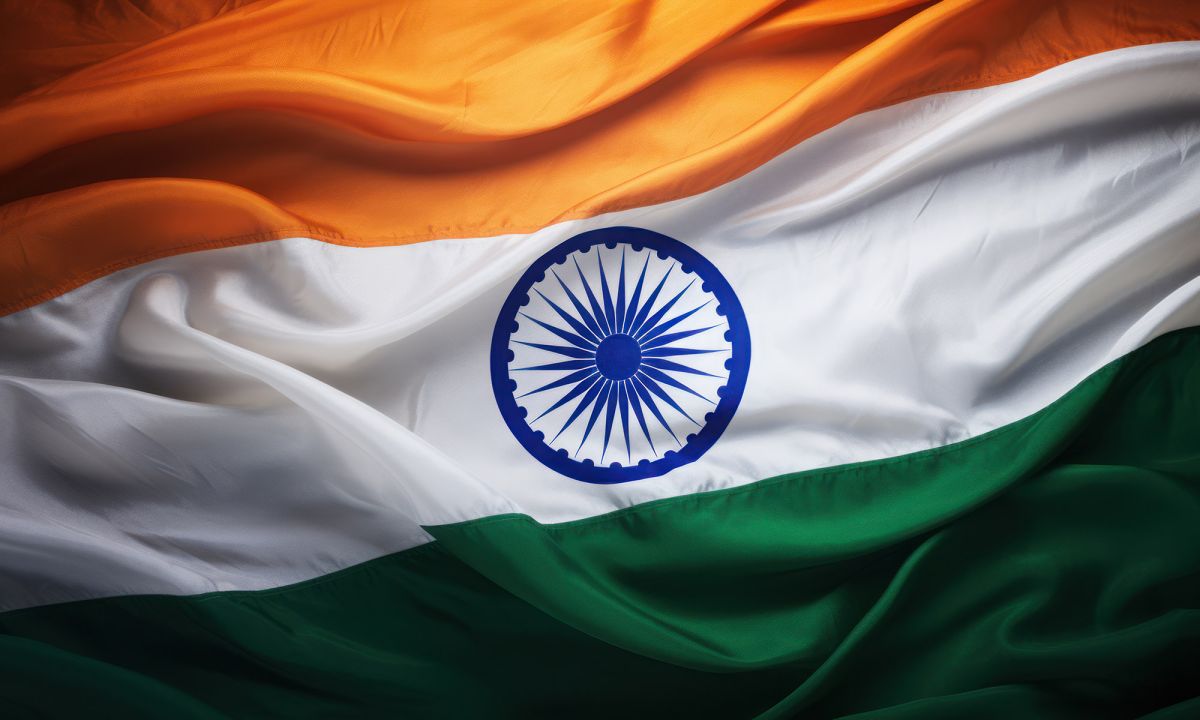
Economy, International Markets, Week in Review
Indian Economy: Triumphs and Trials
The Indian economy’s recent stellar performance is undeniable. It was the quickest-expanding major economy in 2022 and 2023—and is projected to maintain this lead in 2024.

The Indian economy’s recent stellar performance is undeniable. It was the quickest-expanding major economy in 2022 and 2023—and is projected to maintain this lead in 2024.
Government estimates predict a 7% growth in the Indian economy in the upcoming fiscal year starting April 1, with significant potential for over 7% growth by 2030. “The forecast is based on a normal monsoon for the year, which would also support rural consumption demand,” reads a press release from the Reserve Bank of India.
Yes but: Many factors could derail this growth. Analysts have given mixed reviews on Indian Prime Minister Narendra Modi’s economic management, praising his increased state spending on infrastructure but criticizing his lack of job creation for the youth.
Retail inflation remained low during Modi’s first term until mid-2019. However, the economy has since experienced price hikes due to post-pandemic global supply disruptions, increased import tariffs and a surge in global commodity prices, according to Reuters.
“Retail inflation in 2022/23 accelerated to 6.7% from 5.5% in 2021/22, and 6.2% the year ago. The cost of living for the poor has sharply risen in last five years due to a surge in food prices,” reads the article.
Modi’s government has defended increased borrowing to address the growing fiscal deficit, caused by COVID-19 impacts and infrastructure spending.
- The fiscal deficit could remain at 5.9% of GDP in 2023/24 after ballooning to 9.3% in 2020-21, during the pandemic.
- The federal fiscal deficit in 2013/14 was 4.6% of GDP when Modi took charge.
Unemployment Rises
Despite billions in manufacturing subsidies, Modi is criticized for insufficient job creation. Government estimates show unemployment increased from 4.9% in 2013/14 to 5.4% in 2022/23. “Nearly 16% of urban youth in the age group of 15-29 years remained unemployed in 2022/23, due to poor skills and lack of quality jobs, government data showed,” reads the Reuters article. “Estimates by private agencies are much higher.”
Farmer Income Decreases
Critics claim Modi’s government failed to deliver on its election pledge to double farmers’ income by 2022. The government, however, argues that measures such as cash payouts to farmers and increased crop procurement prices have boosted farmers’ income.
According to Al Jazeera, millions of smallholder farmers—who’ve seen their yields and incomes fall—are demanding support from the government. “Prime Minister Narendra Modi needs their votes soon as he seeks to extend his decade in office,” the article reads. “But his government is shifting away from agriculture to manufacturing as it aims to turn India into a developed nation.”
Rising Debt
India’s public debt remains elevated and is expected to rise to 82.3% of GDP by 2024/25, according to IMF estimates. General government debt, which includes federal and state government debt, could be 100% of GDP under adverse circumstances by fiscal 2028, the IMF said.
“Indian central bank officials rejected the International Monetary Fund’s view that government debt could exceed the size of the economy, predicting a more rapid easing in the debt ratio than the Washington-based lender estimates,” reads a Bloomberg article.
Privatization
The government has only achieved its privatization goal twice in the past ten years, notably with the sale of Air India, while postponing stake sales in state-run banks and firms. In 2023/24, it may not even garner 300 billion rupees from stake sales, falling short of the budget target by over 60%.
Housing Boom
Modi’s government has subsidized construction of concrete houses for around 40 million impoverished households in a decade, and raised spending to build rural roads, according to Reuters. “The federal and state governments have spent $29 billion over the last five years on housing subsidies,” the article reads. “Opposition parties, however, say the program missed its original deadline of 2022.”
What’s next: While inflation eased last month, it will be a slow grind back to the 4% midpoint of the RBI’s 2-6% target range, according to a report by Capital Economics. “That suggests to us that the central bank is unlikely to pivot yet. We think rate cuts will only materialize in the second half of the year.”
By the numbers: Customers in India have averaged 34 days beyond terms, with 58% of credit professionals saying payment delays have remained the same, per the FCIB Credit and Collections Survey. The most common causes for payment delays are cash flow issues (58%), inability to pay (50%), unwillingness to pay (42%) and central bank issues (42%).
What FCIB Credit and Collections Survey respondents are saying:
- “Secure a contract first. Then, ask for advance payment and consider payment on account when the approval process takes longer.”
- “Payments should match bill of entry.”
- “Make your new customers sign a credit agreement with all terms and conditions (and interest) stipulated.”
- “Secured with letter of credit. Get to know your customer. Small credit line established to minimize risk.”
The FCIB Credit and Collections Survey is now open. It covers Indonesia, Israel, Germany and Pakistan. You will earn ICEU/Participation credit for your input. Be sure to share the link with your credit and collections network.






